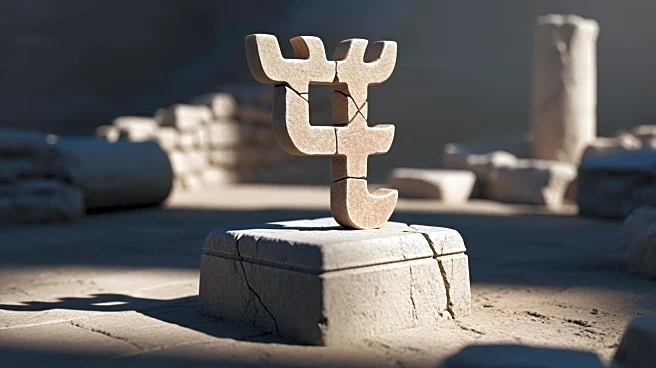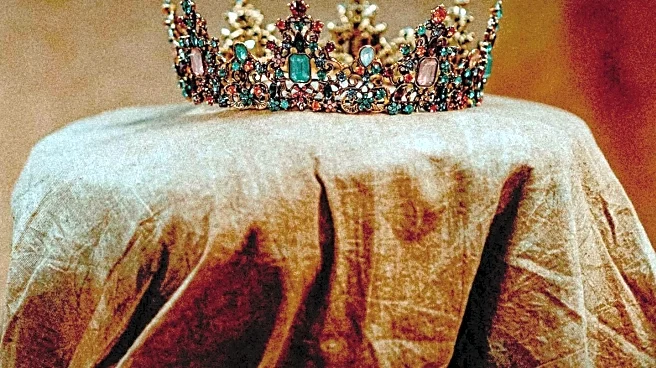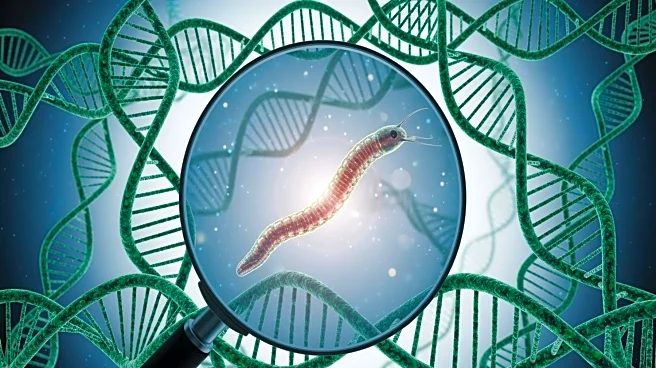What's Happening?
Recent research has uncovered a novel ancestral component in a tribe speaking a Dravidian language, suggesting a complex genetic lineage. The study highlights that the present-day population on the Indian subcontinent derives its ancestry from at least
three components: pre-Indo-Iranian agriculturalists from the Iranian plateau, pastoralists from the Pontic-Caspian steppe, and ancient hunter-gatherers related to the Andamanese Islanders. The research proposes a fourth source, potentially branching from the basal Middle Eastern component, contributing to the Iranian plateau farmer-related ancestry. This source, identified in the Koraga tribe, is termed 'Proto-Dravidian' ancestry, emerging around the dawn of the Indus Valley civilization. The findings correlate linguistic and genetic lineages in Dravidian language communities, suggesting a distinct ancestry not later than 4400 years ago, supporting a Dravidian heartland before the arrival of Indo-European languages.
Why It's Important?
The identification of a novel ancestral component in Dravidian language-speaking tribes provides significant insights into the genetic and cultural history of the Indian subcontinent. This research enhances understanding of the complex ancestry and migration patterns that have shaped the region's demographics. The findings support the Elamo-Dravidian theory, offering a chronological fit for genetic discoveries and linguistic phylogeny. This could influence future studies in anthropology, linguistics, and genetics, potentially reshaping narratives about the origins and evolution of Dravidian languages and cultures. The study also highlights the importance of integrating genetic data with linguistic and historical analyses to uncover deeper connections between ancient populations.
What's Next?
Further research is expected to delve deeper into the genetic makeup of Dravidian language-speaking tribes, potentially uncovering more intricate details about their ancestry. As more ancient and modern genomes are sequenced, a more complex picture of ancestry may emerge, providing additional insights into the migration and settlement patterns in the region. This could lead to a reevaluation of existing theories about the origins of Dravidian languages and their relationship with other linguistic groups. Researchers may also explore the implications of these findings for understanding the broader historical and cultural dynamics of the Indian subcontinent.
Beyond the Headlines
The study's findings could have broader implications for understanding the cultural and historical identity of Dravidian language-speaking communities. By establishing a distinct Proto-Dravidian ancestry, the research may contribute to discussions about cultural heritage and identity among these groups. Additionally, the integration of genetic and linguistic data could pave the way for interdisciplinary approaches in studying ancient civilizations, offering new perspectives on the interactions between different cultural and genetic lineages.














